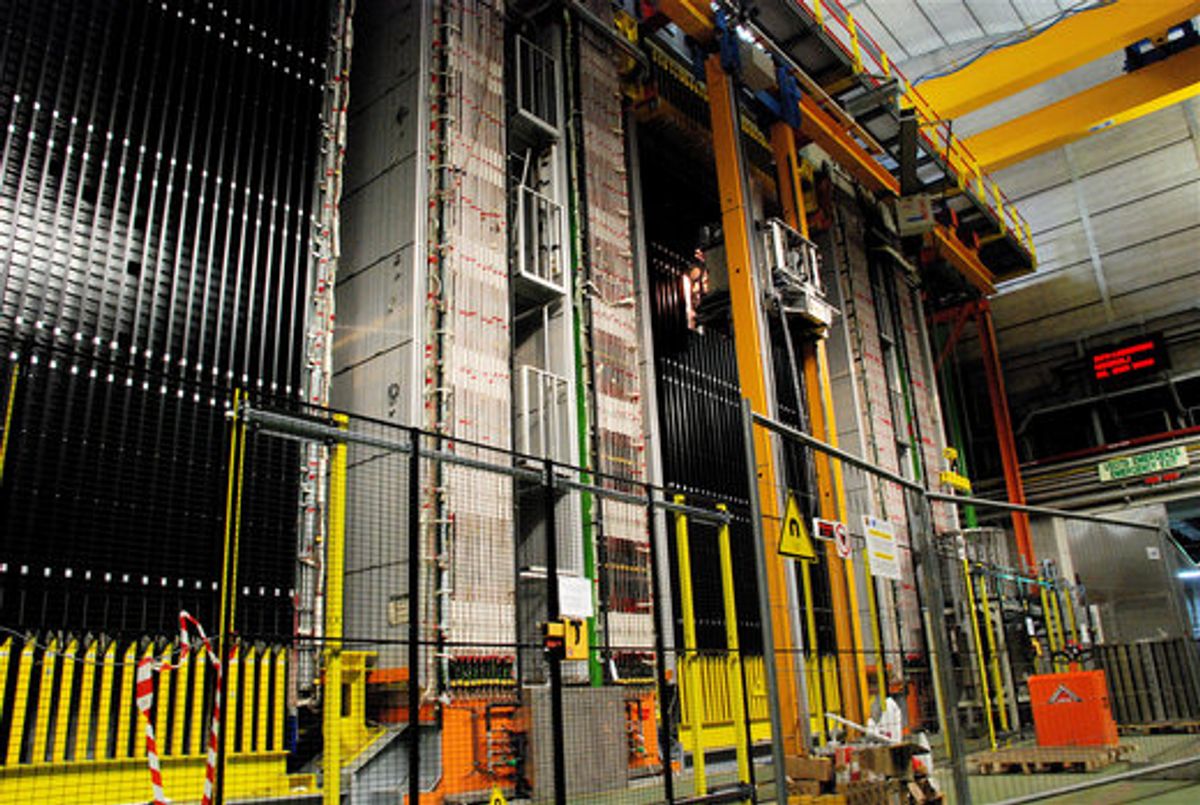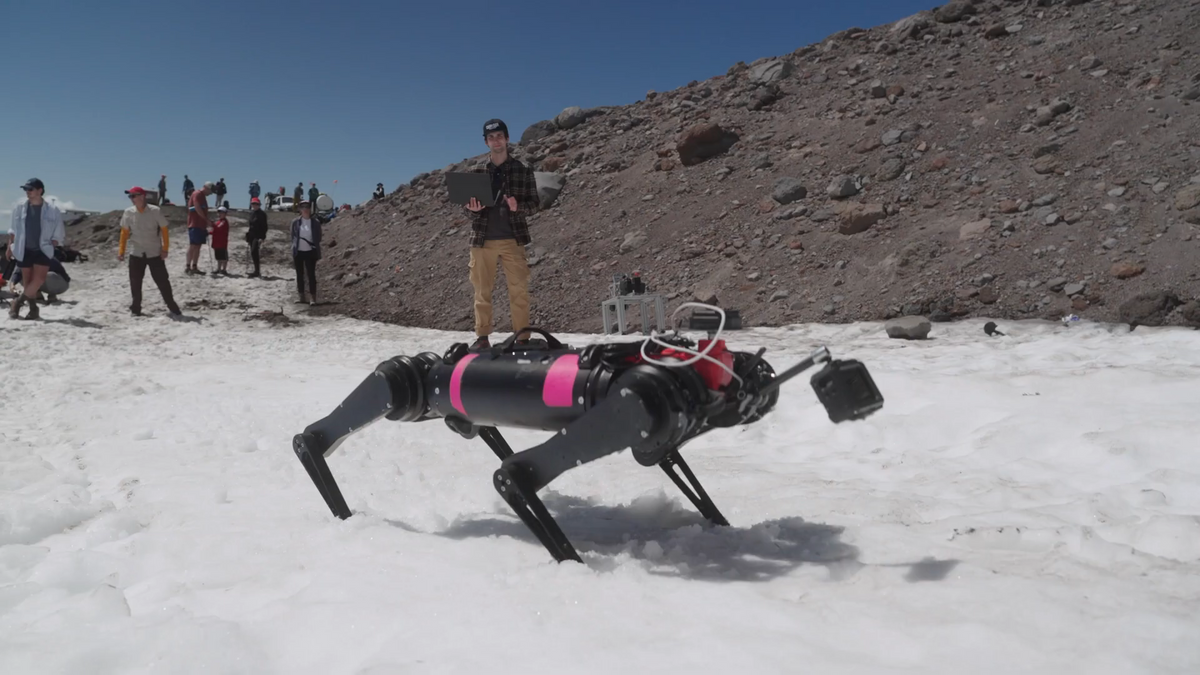We’re all accustomed to describing how rapidly things move or how far away they are with the speed of light as the point of reference. “His moves were as quick as lightning.” “That galaxy is thousands of light years away.” It made sense. To our knowledge, nothing moved faster than the photon. Einstein himself said so.
But a group of physicists working at Italy’s Gran Sasso National Laboratory beg to differ. They announced in September that small particles called neutrinos actually broke the speed limit. After 15 000 measurements taken over three years, they felt confident enough to report that bunches of neutrinos created at Cern consistently outpaced the time it would have taken photons to traverse 730-kilometers between the Geneva, Switzerland–based lab and a giant detector at the Gran Sasso Lab. The neutrons' 60-nanosecond margin of victory (a photo finish if there ever was one) was an extraordinary claim; with such a slim margin of victory, it seemed pretty easy to assume that there was some unaccounted-for error that would explain this divergence from Einstein’s century-old explanation of how most of the particles in the universe behave.
The first thing that the Oscillation Project with Emulsion Tracking Apparatus (Opera) group's critics seized upon was the possibility that the strings of neutrinos the researchers used (which travel in attached bunches reminiscent of train cars) were too long. The time between when the first and last neutrinos in a platoon are recognized by the detector was 10 microseconds—a time span 170 times as great as the neutrino's supposed speed advantage over the photon. Doubters suspected that the researchers were not properly measuring a given neutrino's start and stop times.
The group went back to the lab and produced strings of neutrinos that are 3 nanoseconds long. On 18 November came the results: the same as before. "This is reinforcing the previous finding and ruling out some possible systematic errors which could have in principle been affecting it," Antonio Ereditato, a member of the Opera team, told the BBC.
The Opera researchers admitted that there are other places where error might have crept in. And within 48 hours, another team using the Gran Sasso facility rebutted the Opera researchers’ claims. The second cadre of physicists, calling its project Icarus, posted a paper on 19 November with findings that “refute a superluminal (faster than light) interpretation of the OPERA result.”
Based on the findings of two recent studies, the Icarus team argues, the neutrinos moving faster than the speed of light should lose most of their energy during the trip between Cern and Gran Sasso. But in their own neutrino experiments, the researchers found that the tiny particles retained amounts of energy that adhere to the tenets of the Theory of Relativity.
Tomasso Dorigo, a physicist who works for Cern and the Fermilab in Batavia, Ill., reacted to the refutation with a post on the website Scientific Blogging. He described the Icarus paper as "very simple and definitive." Dorigo concluded that, “The difference between the speed of neutrinos and the speed of light cannot be as large as that seen by Opera, and is certainly smaller than that by three orders of magnitude, and compatible with zero.”
Who’s right? Other independent groups, including two that will be using the Gran Sasso facility next year, will attempt to determine whether Opera's results hold up.
This story was corrected on 21 November 2011.
Willie Jones is an associate editor at IEEE Spectrum. In addition to editing and planning daily coverage, he manages several of Spectrum's newsletters and contributes regularly to the monthly Big Picture section that appears in the print edition.


